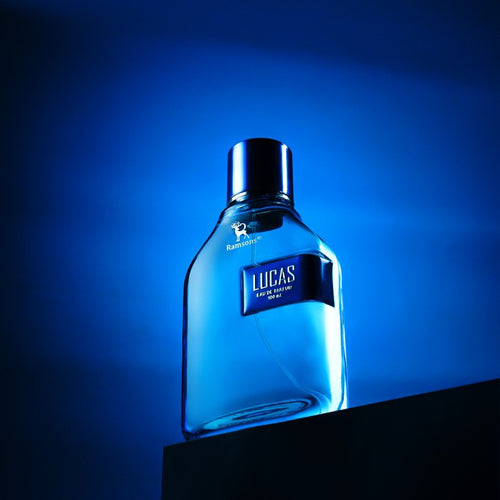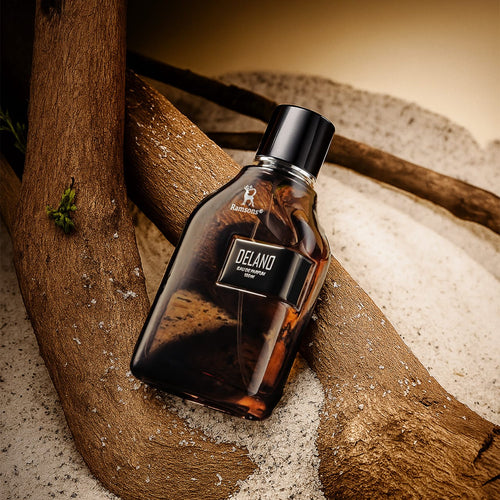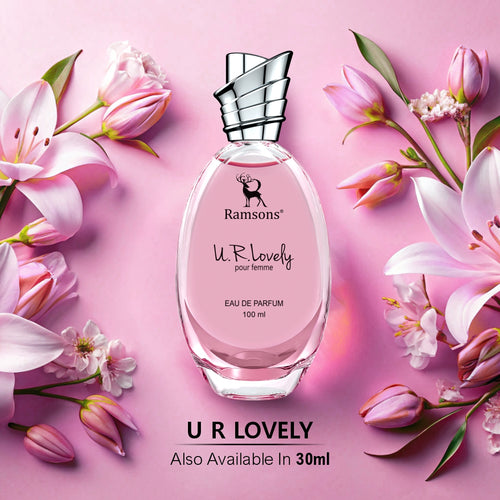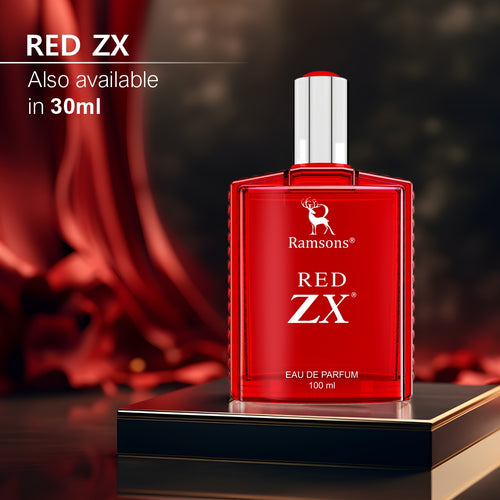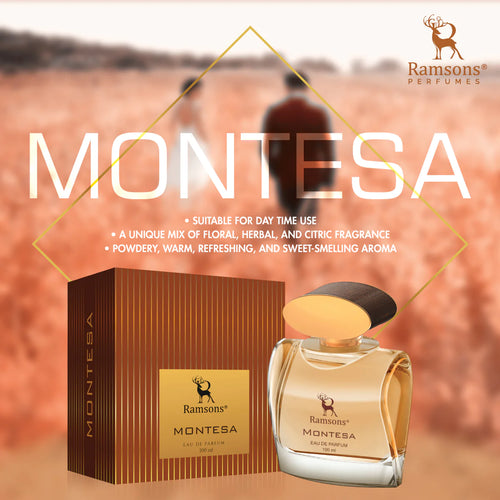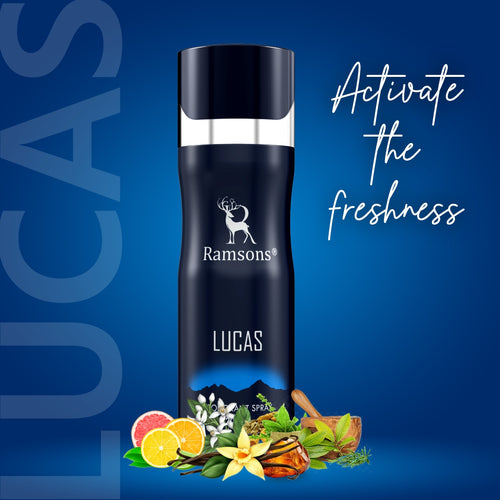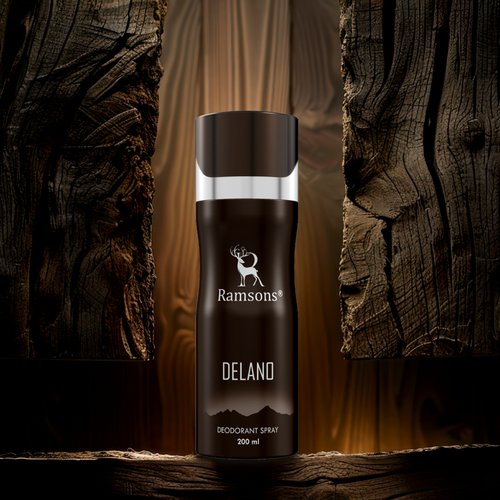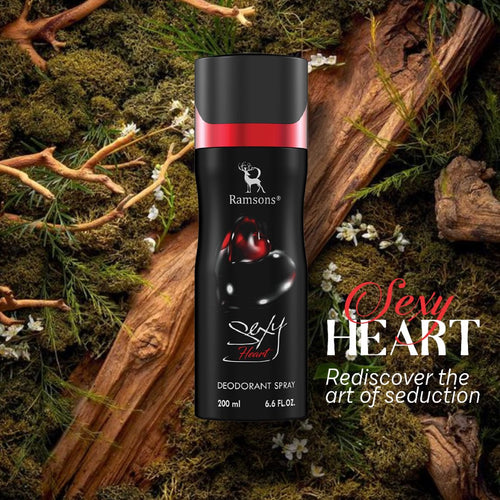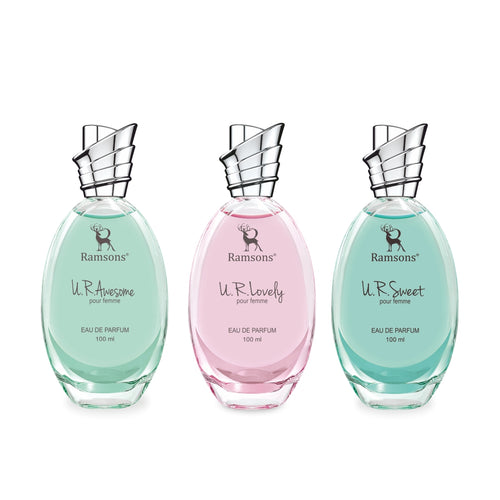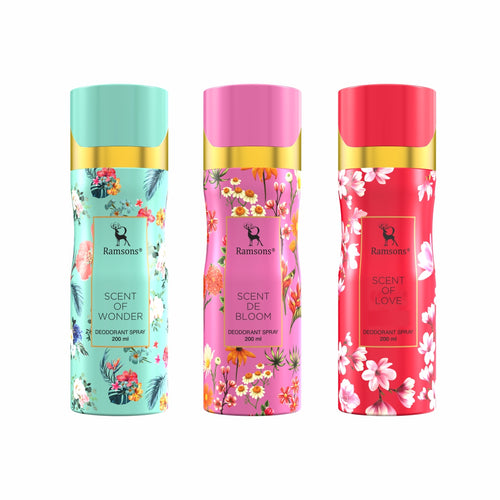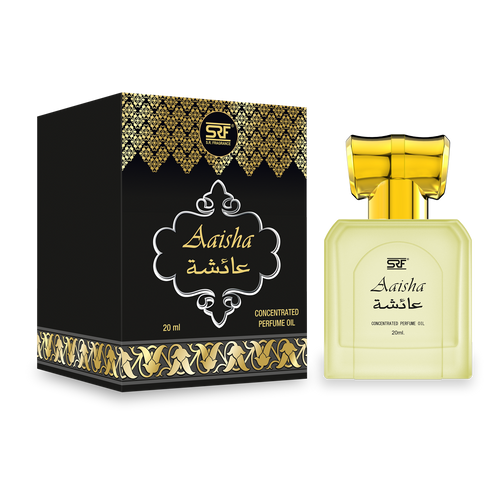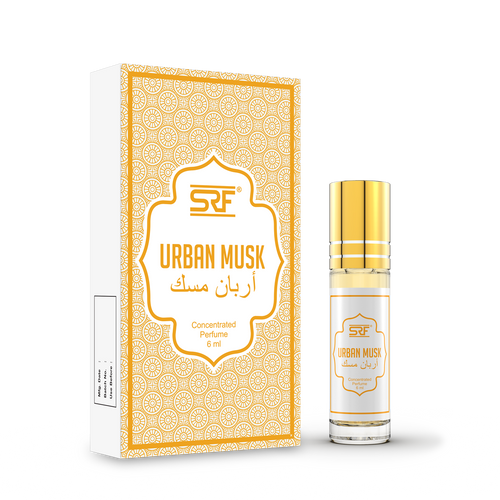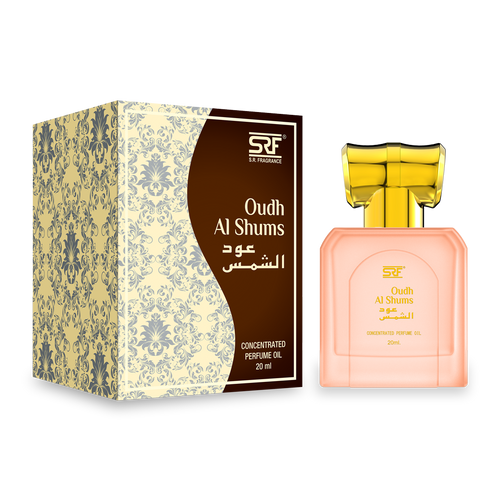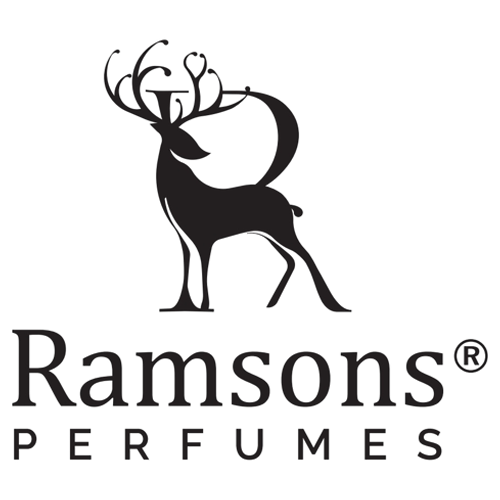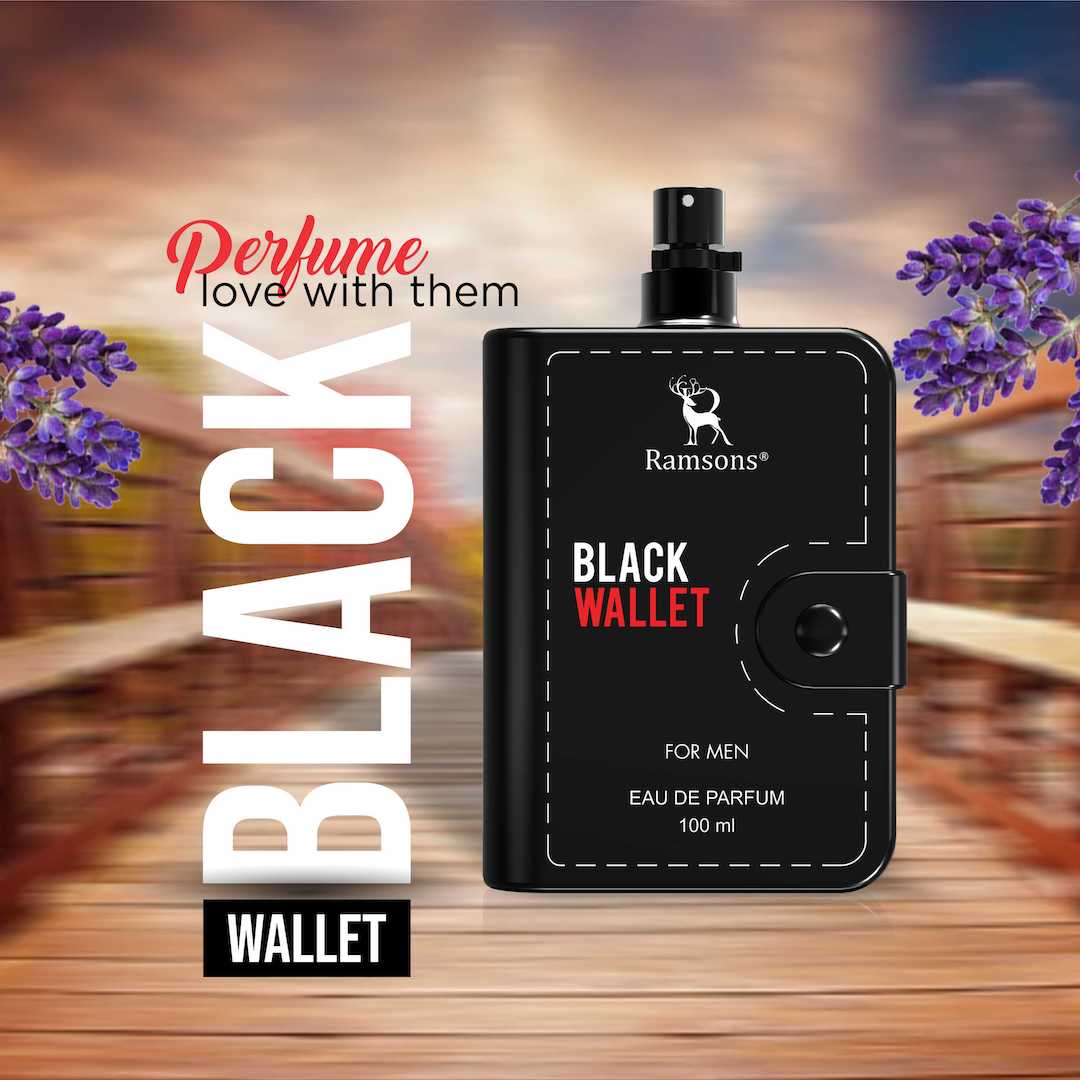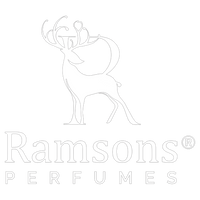Introduction
Have you ever dreamt of creating a signature scent that perfectly captures your personality? Well, the good news is, you can! Making your own perfume might sound like a task reserved for fragrance experts, but it's a surprisingly accessible and enjoyable DIY project. In this guide, we'll walk you through the steps to craft your very own personalized perfume.
Getting Started
-
Gather Your Materials: Before diving into the world of perfume creation, collect the necessary materials. You'll need carrier oils (like jojoba or sweet almond oil), essential oils (your chosen scents), a glass perfume bottle, and optional items such as dried flowers or herbs for an extra touch.
-
Understand Your Preferences: Consider the type of scents you love. Are you drawn to floral, citrusy, woody, or spicy notes? Understanding your preferences will guide your selection of essential oils and help you create a fragrance that resonates with you.
Crafting Your Signature Scent
-
Base, Middle, and Top Notes: Perfume typically consists of three layers—base, middle, and top notes. Base notes provide depth and longevity, middle notes balance the fragrance, and top notes create the initial impression. Experiment with various essential oils to find a combination that harmonizes these layers.
-
Experiment in Small Batches: Start small and experiment with different ratios of essential oils. Create a few small batches to test on your skin and determine how the scents evolve over time. This trial-and-error process is part of the fun and ensures you discover the perfect blend.
Blending Techniques
-
The Drop Technique: When blending, use the drop technique. Begin with a base note, add a few drops of a middle note, and finish with a couple of drops of a top note. This gradual layering allows you to control the intensity of each scent.
-
Allow for Maturation: Perfumes need time to mature and develop their full character. Once you've found your ideal blend, let it sit in a cool, dark place for a few weeks. This aging process allows the different notes to meld and create a more cohesive fragrance.
Final Touches
-
Consider Visual Appeal: If you're feeling creative, consider adding visual elements to your perfume. Drop a few dried flowers or herbs into the bottle for a personalized touch. Not only will it look beautiful, but it can also add a unique dimension to your perfume.
-
Label Your Creation: Don't forget to label your handmade perfume. Include the date of creation, the essential oils used, and any special notes about the inspiration behind your fragrance. This adds a personal touch and makes it easier to recreate your masterpiece in the future.
Conclusion
Creating your own perfume is a delightful journey into the world of scents. It's a unique and personal expression of who you are. So, gather your materials, trust your nose, and embark on the exciting adventure of crafting a fragrance that's exclusively yours. You can make your own perfume—seriously!